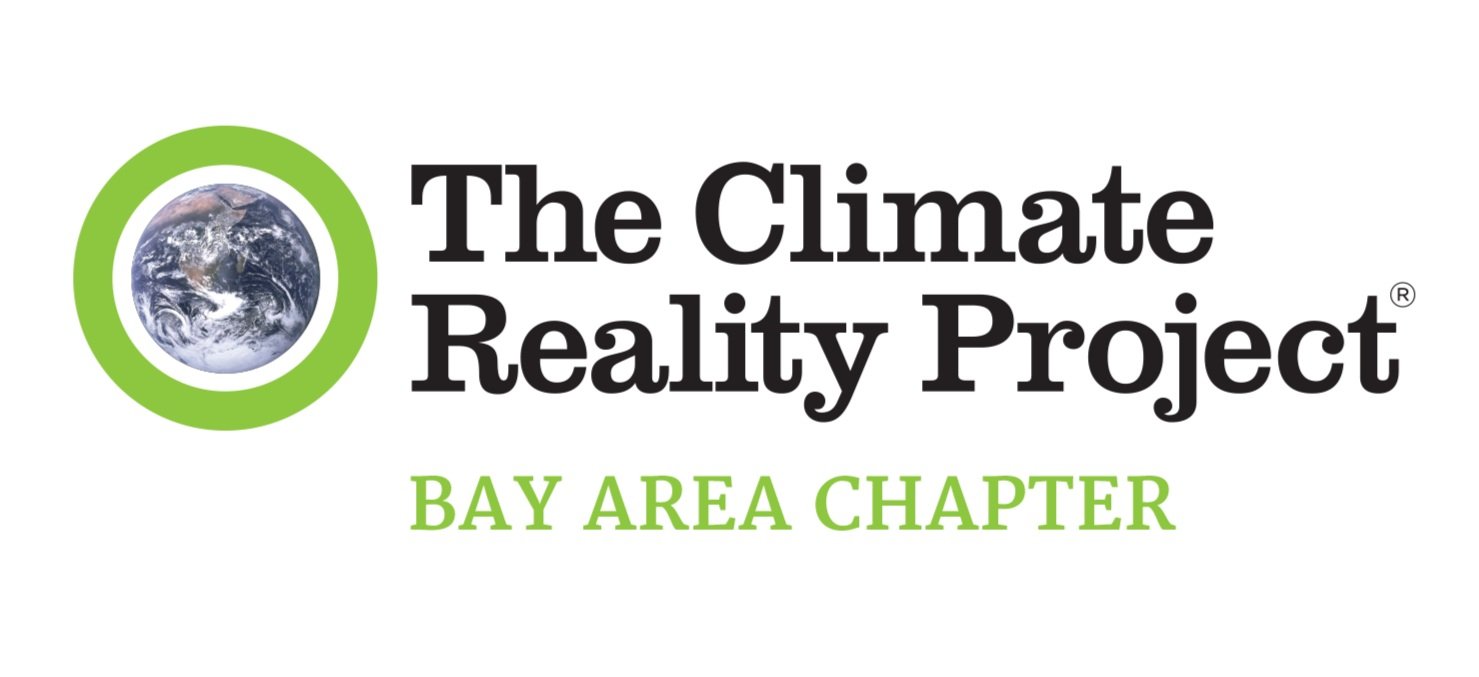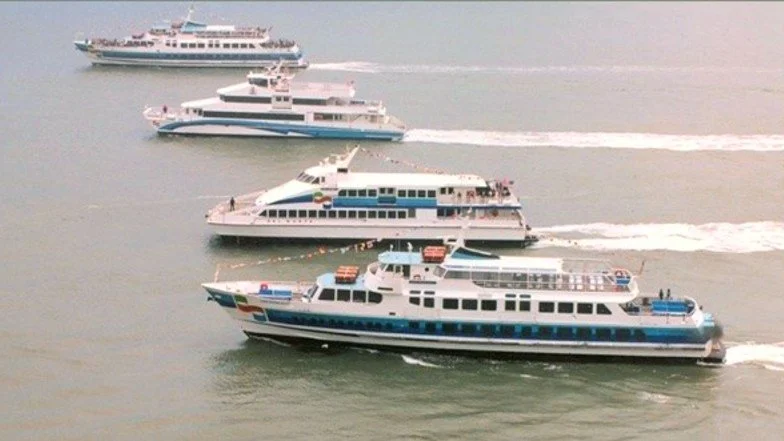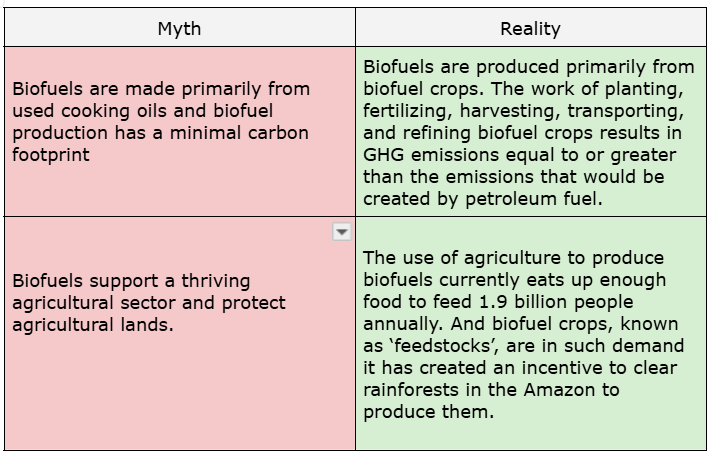What’s Really Fueling Bay Area Ferries — And Why It Matters
Contributed by Dave Rhody, CRBA Climate Leader and CRBA SF Policy Activist
Editor’s Note:
In this article CRBA Leader and CRBA SF Policy activist Dave Rhody challenges the Golden Gate Bridge District’s continued investment in diesel ferries. Drawing on years of persistent advocacy for clean energy solutions, Rhody exposes the myths around “renewable diesel,” questions claims about electric ferry limitations, and urges transit leaders to get serious about zero-emissions transit on the Bay.
This post reminds us that important opportunities for climate activism are right here in backyard, and Rhody’s activism is a welcome inspiration.
If you’re not already connected with CRBA, joining one of our local policy action teams is a great way to build community and make your voice heard.
“SF Bay Ferry and Golden Gate Bridge District diesel ferries burn a biofuel called ‘renewable diesel.’ This may sound like a more sustainable, planet-friendly alternative, but discovering the truth about this fuel… is what triggered my electric ferry campaign six years ago.”
A few weeks ago, KneeDeep Times published a brief article that I wrote about the diesel ferries still being used on the Bay. The article raised some questions and a recent San Francisco Chronicle article further muddied the waters of the diesel ferry issue.
Here’s the KneeDeep Times article (published 5/14/25):
Of the two public transit ferry services operating on San Francisco Bay, only one of them is committed to electric ferries.
San Francisco Bay Ferry has launched a Rapid Electric Emission-Free initiative — ‘a transformative suite of projects to transition our fleet to zero-emission propulsion technology,’ per their website. SF Bay Ferry, which began operating in 2012, will have three electric ferries in its fleet next year.
Golden Gate Ferry, operated by the Golden Gate Bridge Highway & Transportation District, the same public agency that manages the Golden Gate Bridge, currently operates no electric ferries and has none on the drawing board. The funds they recently secured for new ferries are being used to build two new diesel-powered ferries.
Their choice to continue using diesel seems inconsistent with their pro-environment history. In the early 1970s, the GGB District began operating a bus and ferry transit system to alleviate traffic congestion on the bridge. Giving North Bay commuters the option of public transit into San Francisco also helped address increased Bay Area air pollution.
In recent years, the District began a slow transition to electric buses, but, despite acknowledging the need to reduce greenhouse gas emissions, they remain unwilling to commit to electric ferries.
After convincing the District’s 19-member board to pass a Climate Emergency Resolution in 2019, climate activists have spoken at every monthly board meeting, urging the District to plot out a timeline toward zero emissions.
In 2024, the District board took a step closer. In their Strategic Plan Initiative, they called for establishing “a long-term energy plan with implementation timeline goals for green transportation options for Bridge, Bus and Ferry operations.”
They have yet to act on that initiative. While some board members have spoken up in favor of electric ferries, the District’s General Manager, Denis Mulligan, continues to claim that electric ferries are not yet fast enough to meet commuters’ needs.
Pressure from climate groups continues. In March, the Climate Reality Project, 350SF, the Extinction Rebellion, the SF Climate Emergency Coalition and sixteen other Bay Area Climate groups presented a petition to the Golden Gate Bridge District board urging them to “begin work immediately on a plan that will lead to a full transition to electric ferries.” https://www.goldengate.org/assets/1/25/2025-0328-boardmeeting-no13-comsrev31.pdf?12492
Climate activists argue that the agency managing the most iconic structure in the state needs to set the right example by developing a zero-emissions ferry fleet.
Photo Courtesy of Dave Rhody and KneeDeep Times
Two key questions have emerged from that article…
First: Are electric ferries too slow to meet commuter needs, as Golden Gate Bridge District Manager Denis Mulligan claims?
Here’s what we know.
The three SF Bay Ferry all-electric ferries will have a maximum speed of 24 knots. Capable of carrying 150 passengers, they are neither big enough nor fast enough to meet the Golden Gate Bridge Districts’ requirements.
But are there alternatives? A Swedish shipbuilder currently makes a large capacity all-electric ferry capable of 30 knots. I presented this information to Denis Mulligan at a recent board meeting. He still insisted that the speed difference would not meet commuters’ expectations.
The diesel catamaran ferry currently serving the District’s popular Larkspur to San Francisco commuter route carries up to 600 passengers and is capable of 35 knots. So, crossing that 14 miles stretch of the Bay 5 knots slower would seem like it would be significantly longer. But that doesn’t take speed limits into account.
Because of various speed limits across the Bay, a ferry hits maximum speed for only half the journey. Compared to one capable of 35 knots, a ferry with a maximum speed of 30 knots takes just seven minutes longer to make the Larkspur-to-SF trip.
“If you poll your riders,” I told Mulligan, “I’m pretty sure you’d find that they’d be happy to have a 7-minute longer commute if they were enjoying an emissions-free all-electric ferry.”
Fast-emerging battery and maritime technology tell another part of this story.
We’re asking the Golden Gate Bridge District to commit to a transition to electric ferries.
We know they can’t build them overnight. SF Bay Ferry’s Rapid Electric Emission Free (REEF) Ferry Program sets a good example. By the time the financing and charging infrastructure is in place, large capacity 35 knot ferries are likely to be available.
Second: As we wait for fully electric models — can’t we, for now, appreciate GGB District’s commitment to the use of cleaner fuels?
On April 15, 2025, the San Francisco Chronicle ran a fluff piece titled ‘The Bay Area has an ultramodern new ferry. Meet ‘Karl the boat.’ As implied, the article was mostly about naming the boat, but it did include praise of its diesel engine with a ‘Tier 4’ particulate filter. Nothing was said about the fuel itself however.
SF Bay Ferry and Golden Gate Bridge District diesel ferries burn a biofuel called ‘renewable diesel.’ This may sound like a more sustainable, planet-friendly alternative, but discovering the truth about this fuel — one that the Bridge District had been touting as part of their Green Energy Policy — is what triggered my electric ferry campaign six years ago.
The Truths About Biofuels and “Renewable Diesel”
Source: Findings from The International Council on Clean Transportation (ICCT) and Princeton biofuel researcher Tim Searchinger
In other words, while it is true that diesel-power ferries burning biofuels and using state-of-the-art Tier 4 filters do put less pollution in our air and water locally, diesel-power ferries still do nothing to reduce greenhouse gas emissions globally.
This means electrification, not diesel or biodiesel, is the name of the game.
The bottom line? Electric ferries and electrification of all forms of transportation are essential to achieving zero-emissions, and it’s time that the GGB Highway and Transportation District leadership get on board!
Sources and further reading:
SF Bay Ferry – Meet our fleet: Meet Our Fleet - San Francisco Bay Ferry.
The Candela P-12 NOVA – 30 knot ferry: The world’s first flying electric ferry deemed a success – Stockholm Expands Service, The world’s first.
Electric Ferry Petition presented to the GG Bridge District: Agenda Item No. (13) (REVISED 03/28/25) Board of Directors Meeting of March 28, 2025 COMMUNICATIONS 1. Email from Dave Rhody, S
SF Bay Ferry timeline and funding: https://sanfranciscobayferry.com/wetas-transition-to-zero-emission-ferries/
SF Bay Ferry plans for zero-emissions: SF Bay Ferry’s Rapid Electric Emission Free (REEF) Ferry Program
SF Chronicle (4/21/25): ‘Meet Karl the boat’: The Bay Area has an ultramodern new ferry. Meet ‘Karl the boat’
Thanks for checking out this post! We hope you’ll share your thoughts and comments with us and our audience.


